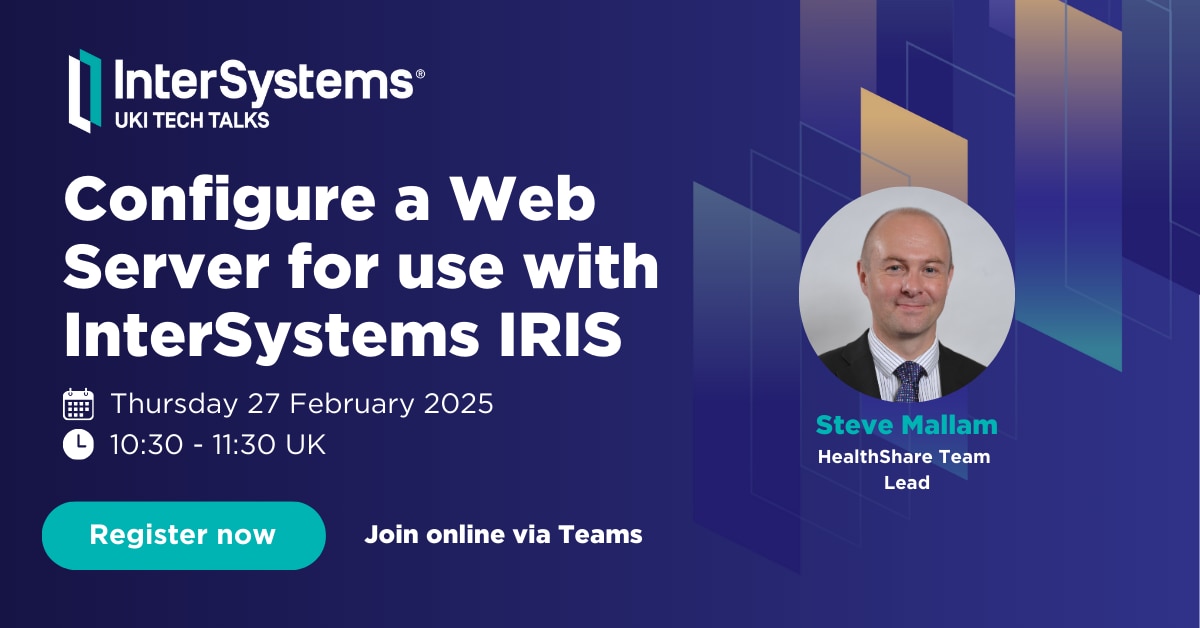Using SQL Gateway with Python, Vector Search, and Interoperability in InterSystems Iris
Part 1 - SQL Gateway
Hello
In this article we will look at the use of SQL Gateway in Iris. SQL Gateway allows Iris to have access to tables from other (external) database via ODBC or JDBC. We can access Tables or Views from various databases, such as Oracle, PostgreSQL, SQL Server, MySQL and others.


.png)